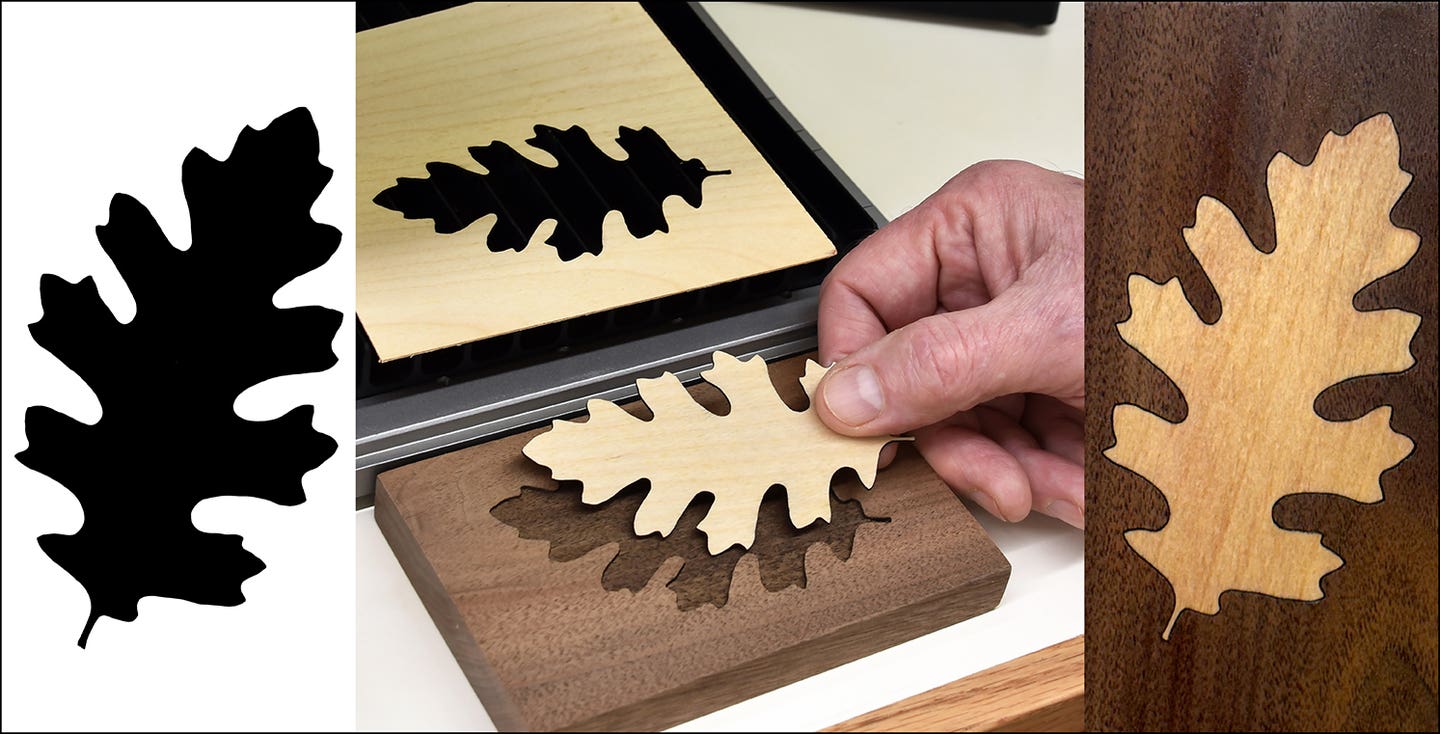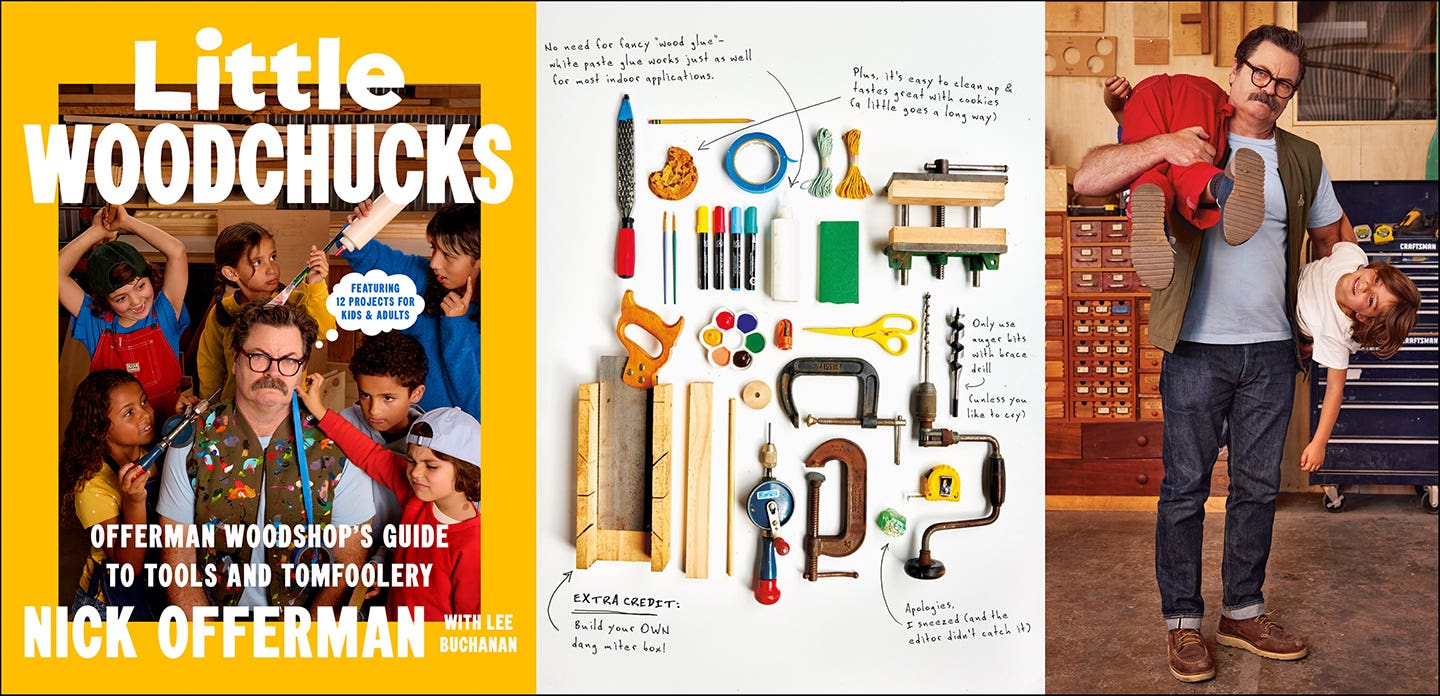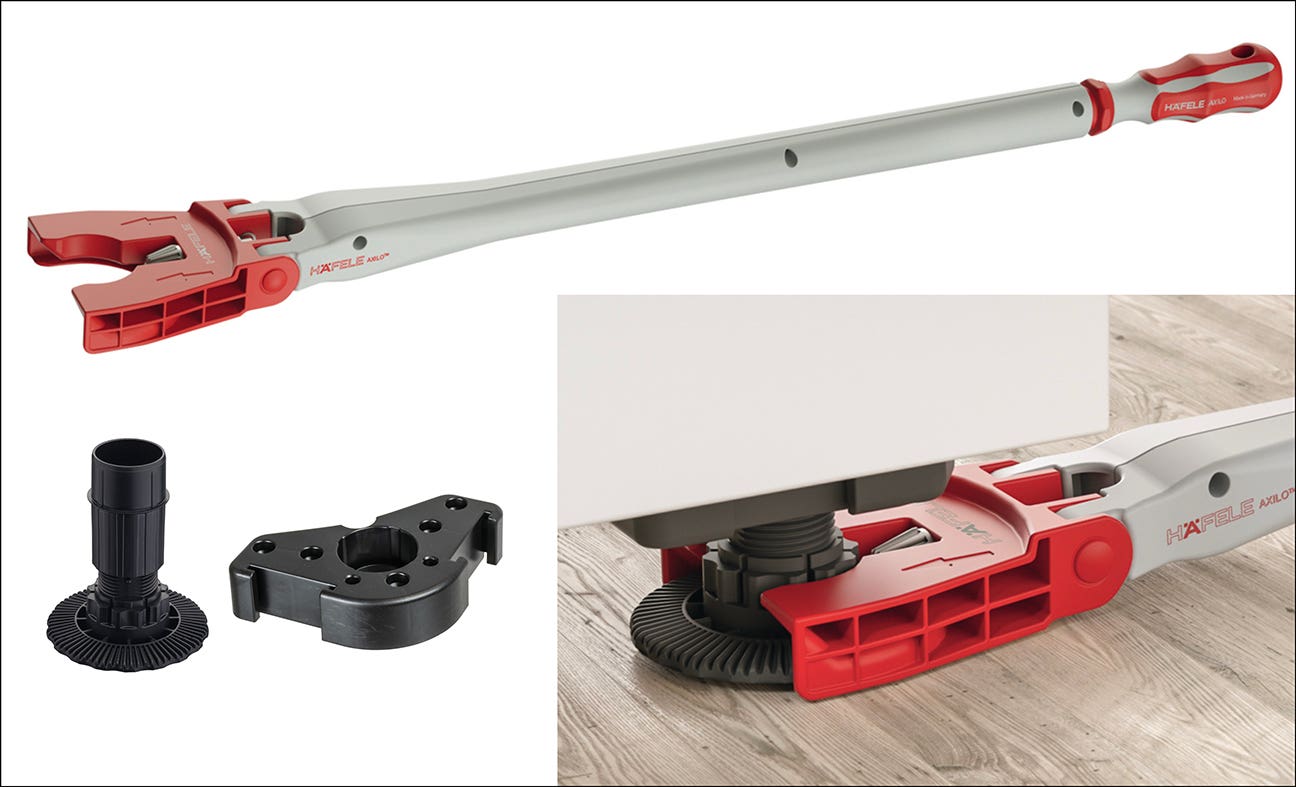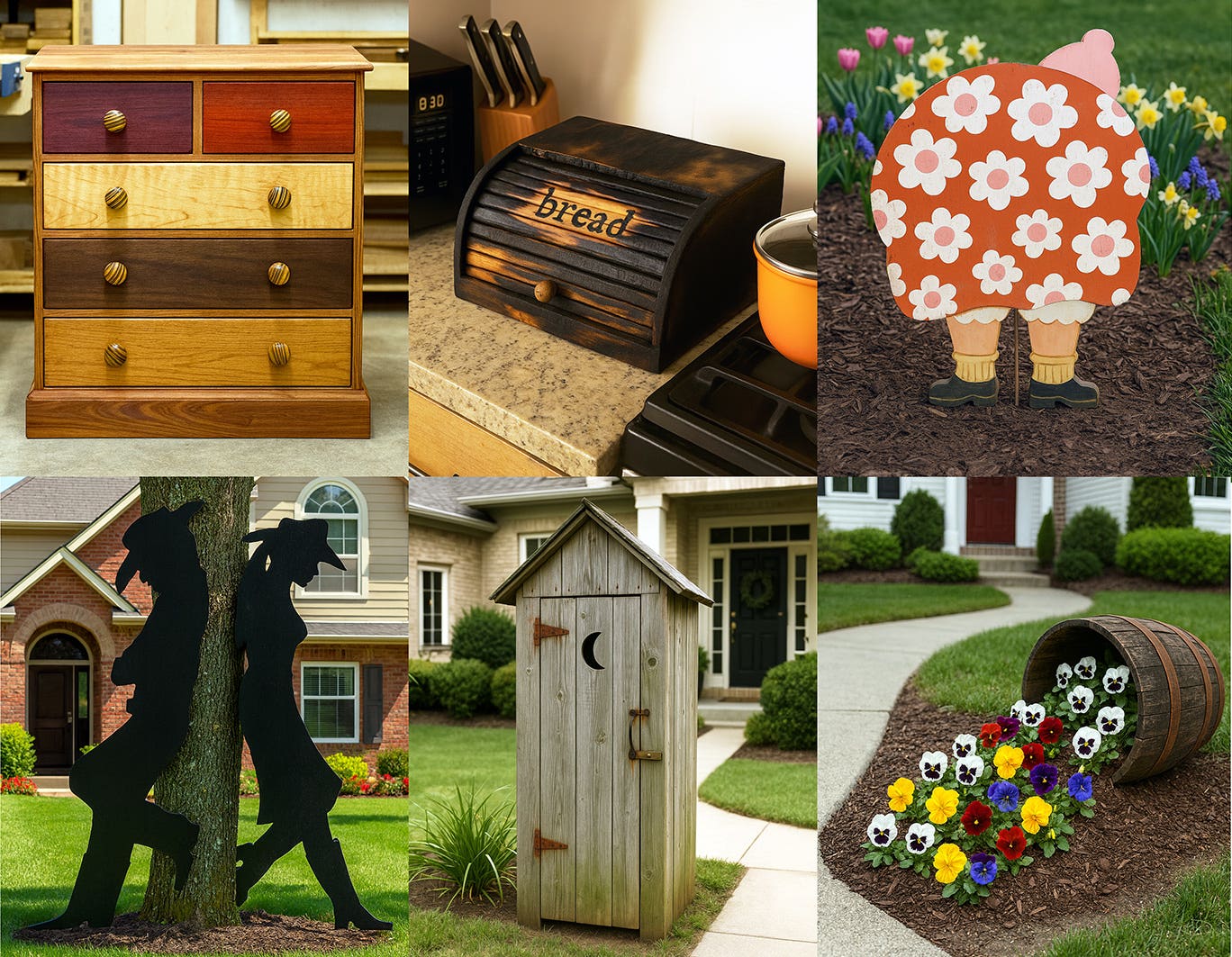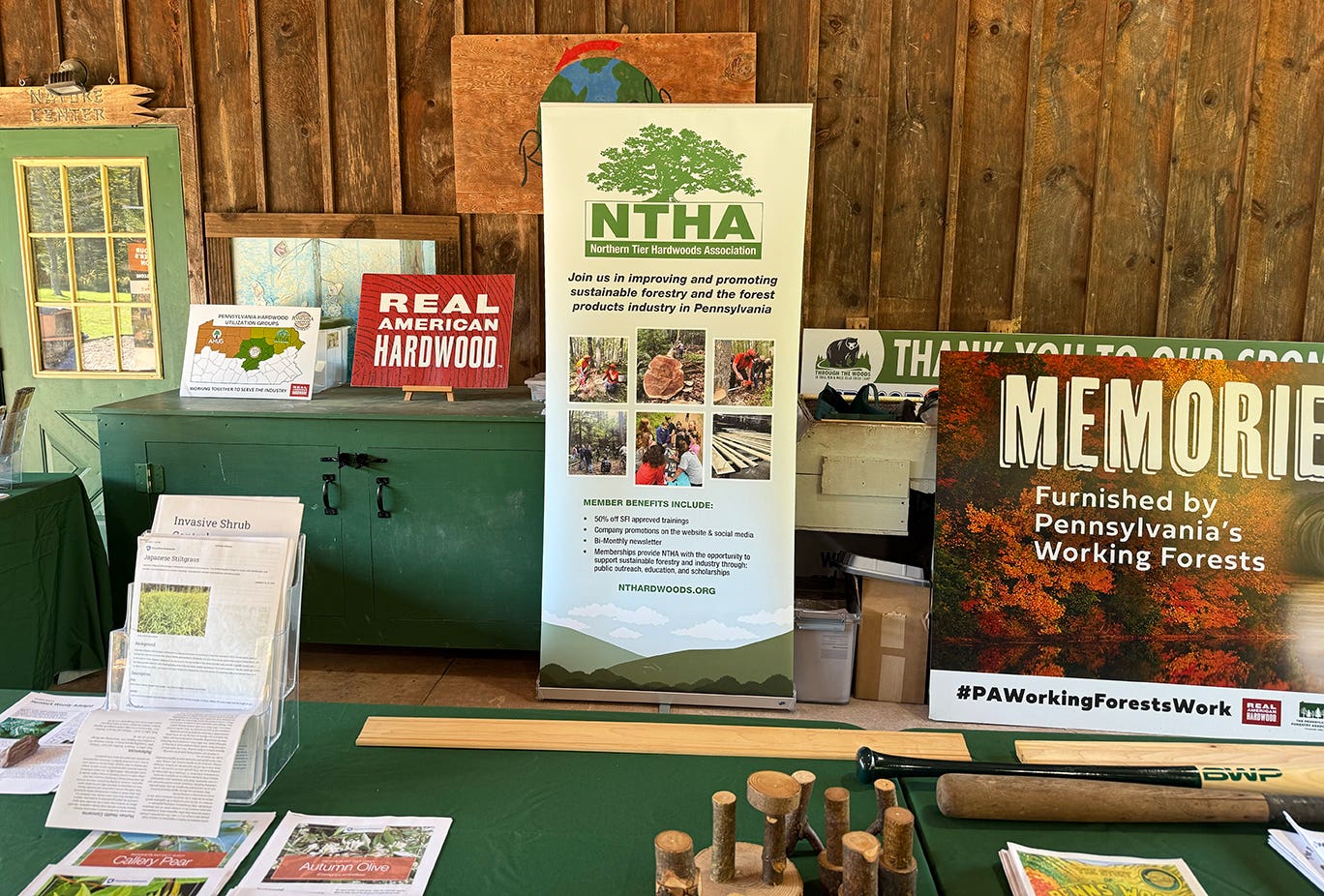A poplar choice
A topic on one of the online woodworking forums recently asked for opinions on wood for drawer boxes. As always, I answered poplar. The primary wood we choose for projects…
A topic on one of the online woodworking forums recently asked for opinions on wood for drawer boxes. As always, I answered poplar.
The primary wood we choose for projects oak, quartersawn oak, cherry, walnut, whatever is probably whats foremost in our thoughts in the planning stages of a project. That decision made, we turn to the material for internal components, drawer boxes and such. By its very nature this wood isnt as important visually (hence the name secondary wood), but it still requires thought.
One of the posters said something to the effect that if the project is worthwhile you should always use a worthwhile wood even for secondary purposes. Sure, you can do that if you want; nothing at all wrong with that. But as a rule? I dont think so. Just how do you determine the quality of worthwhile in a wood species?
Theres no such thing as a perfect primary wood, as the species you choose for the outside of the project always relates directly to the appearance you desire. But when it comes to whats on the inside, youd be hard pressed to find a better all-around perfect choice than poplar. Its hard and sturdy, yet works easily. It has few defects. It wears well. Its relatively inexpensive. Agriculturally speaking, its plentiful and grows fast. And as long as you avoid workpieces with that green or purple tint poplar can have (or relegate them to unseen portions of the project), its often indistinguishable from several other light-colored woods.
Ive made drawer boxes with everything from the same species as the primary wood to plain utility plywood, and a lot in between. The key is to consider two things: appearance and suitability for use. For small drawers that see little rough use, light pine may be sufficient. For drawers that need to hold tons of stuff, something heavier and harder is called for. But Ive found that poplar easily covers both ends of the spectrum in almost all cases.
That makes it plenty worthwhile in my book.
Till next time,
A.J.
A.J. Hamler is the former editor of Woodshop News and Woodcraft Magazine. He's currently a freelance woodworking writer/editor, which is another way of stating self-employed. When he's not writing or in the shop, he enjoys science fiction, gourmet cooking and Civil War reenacting, but not at the same time.


